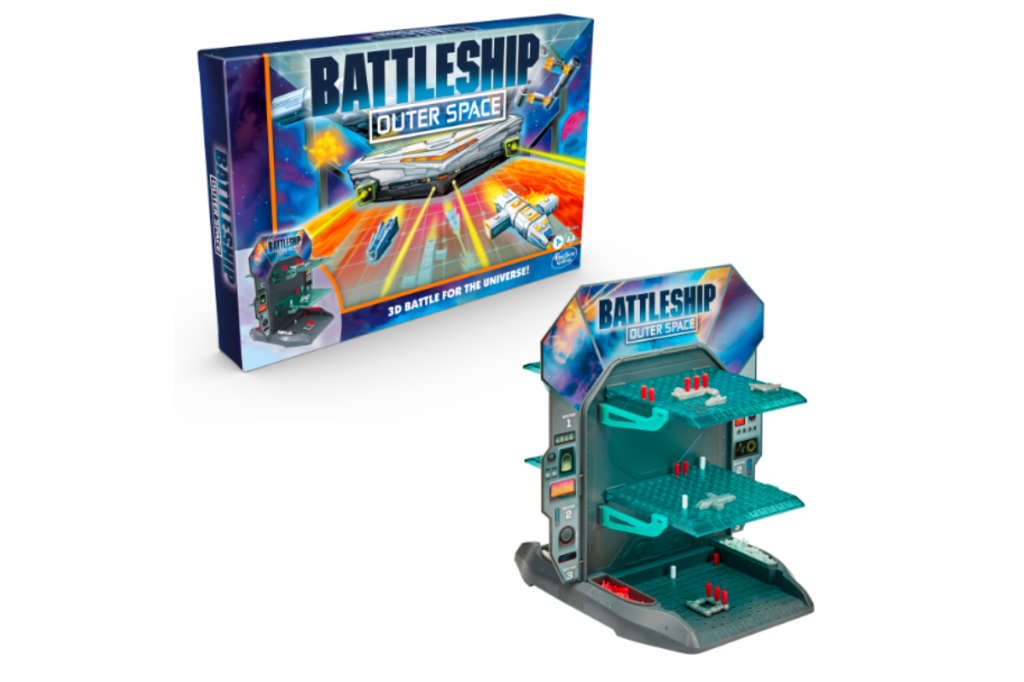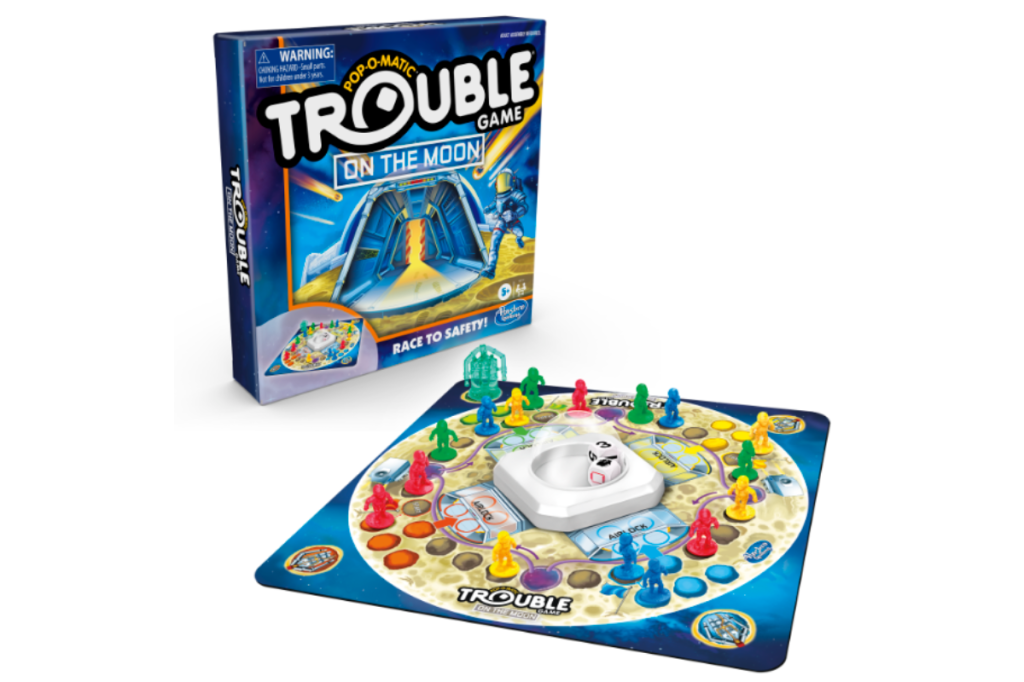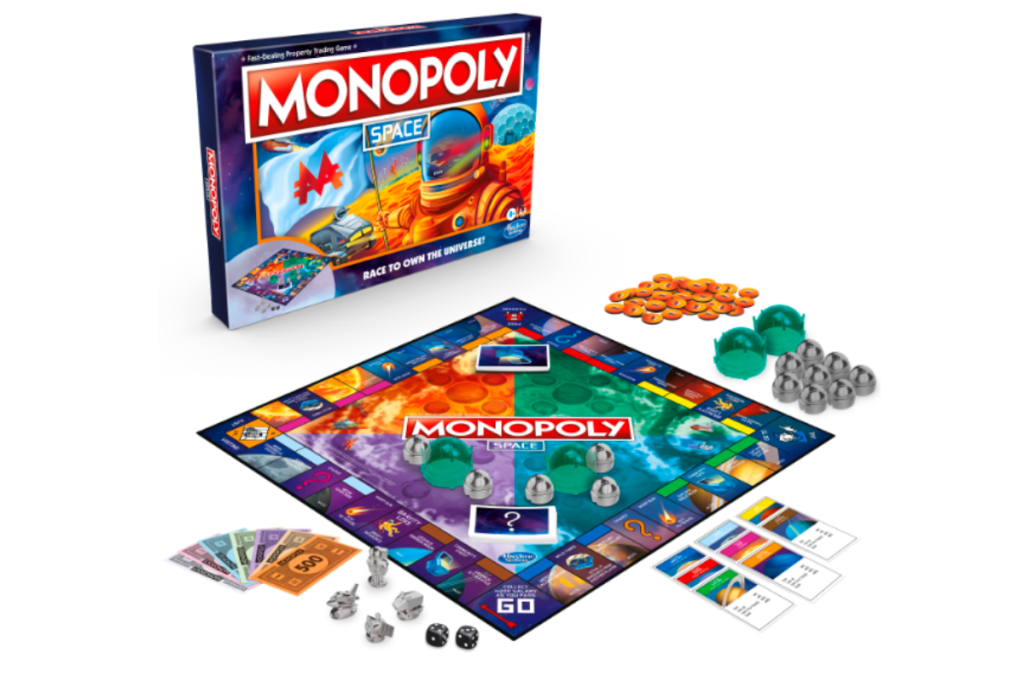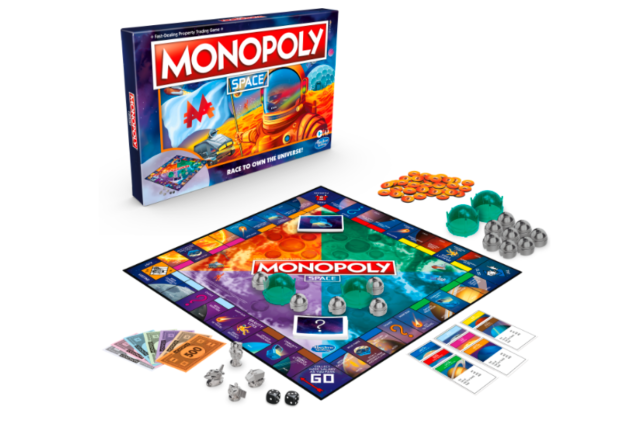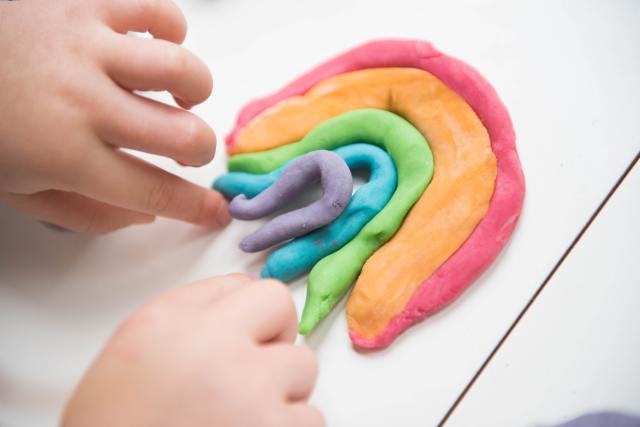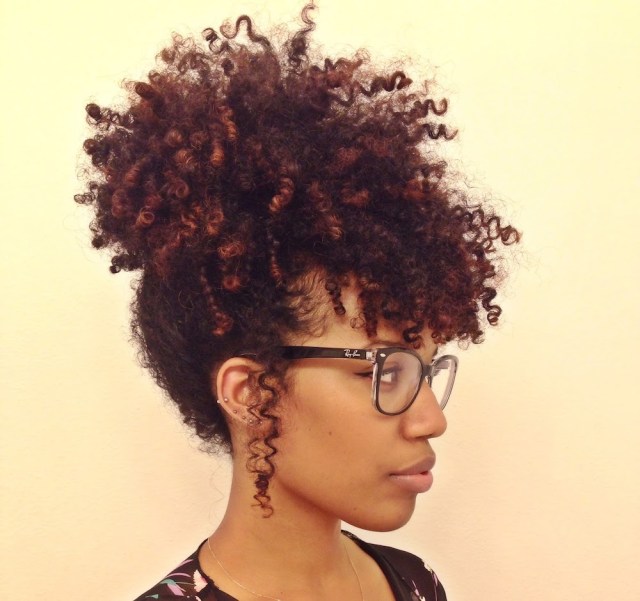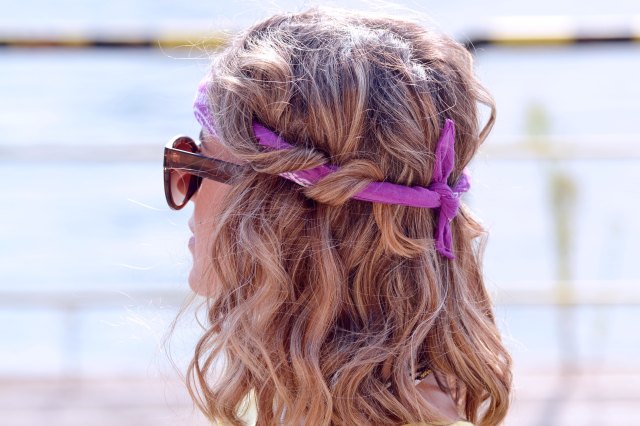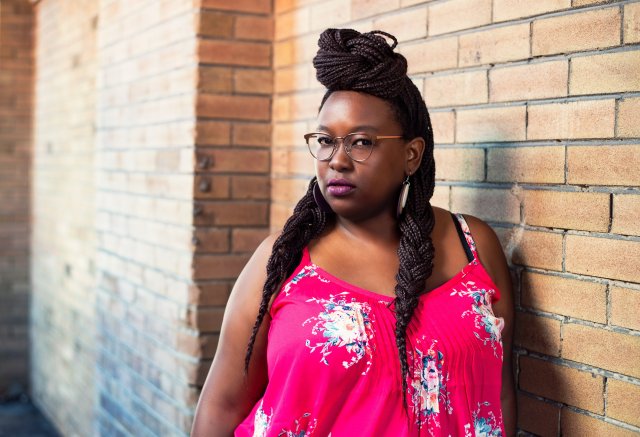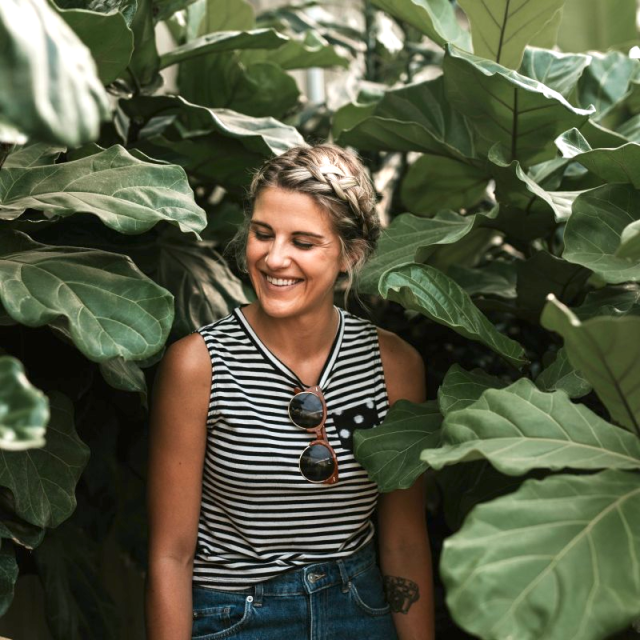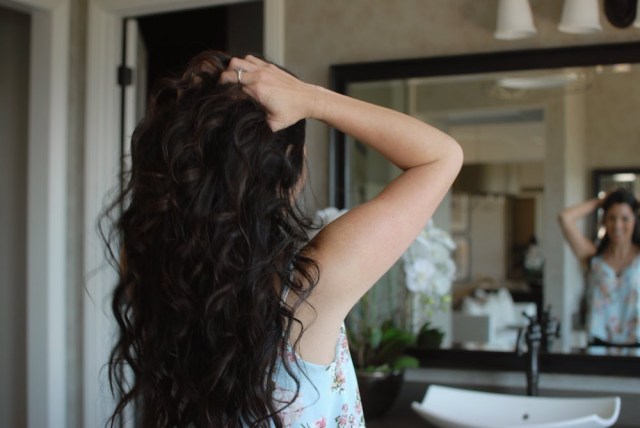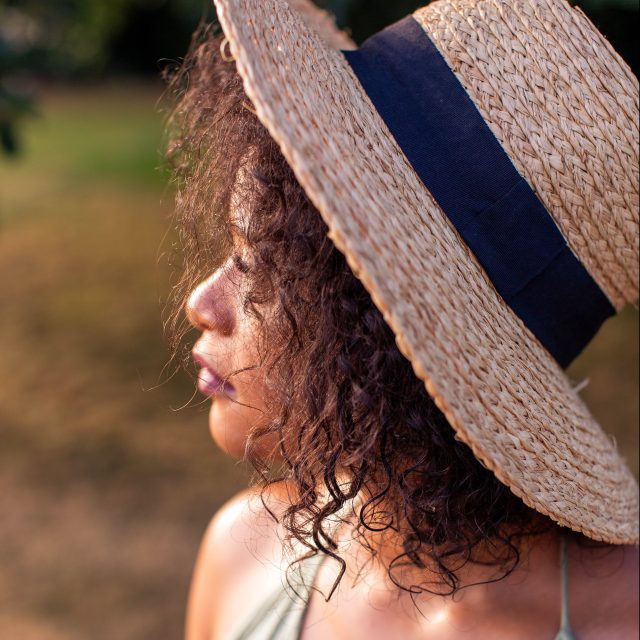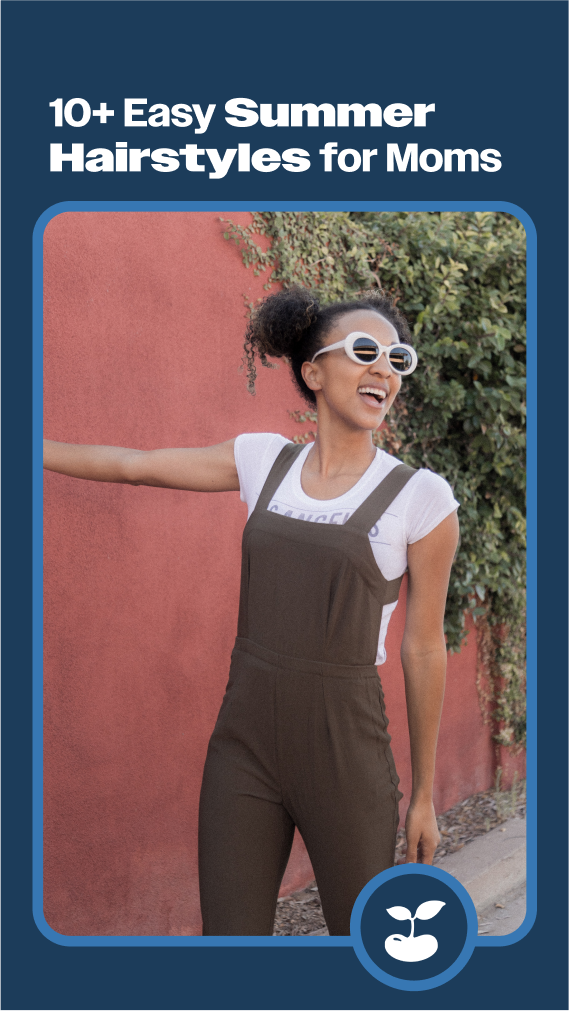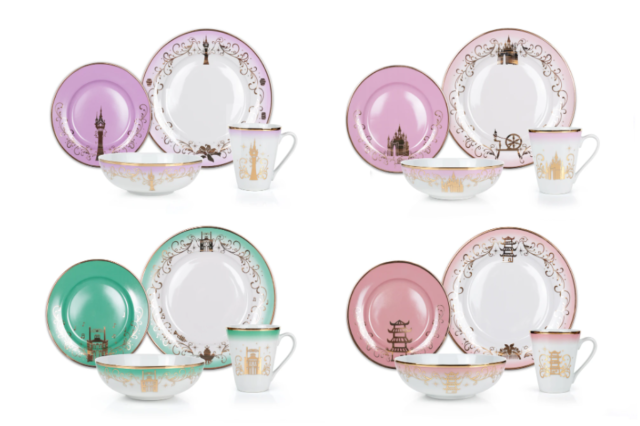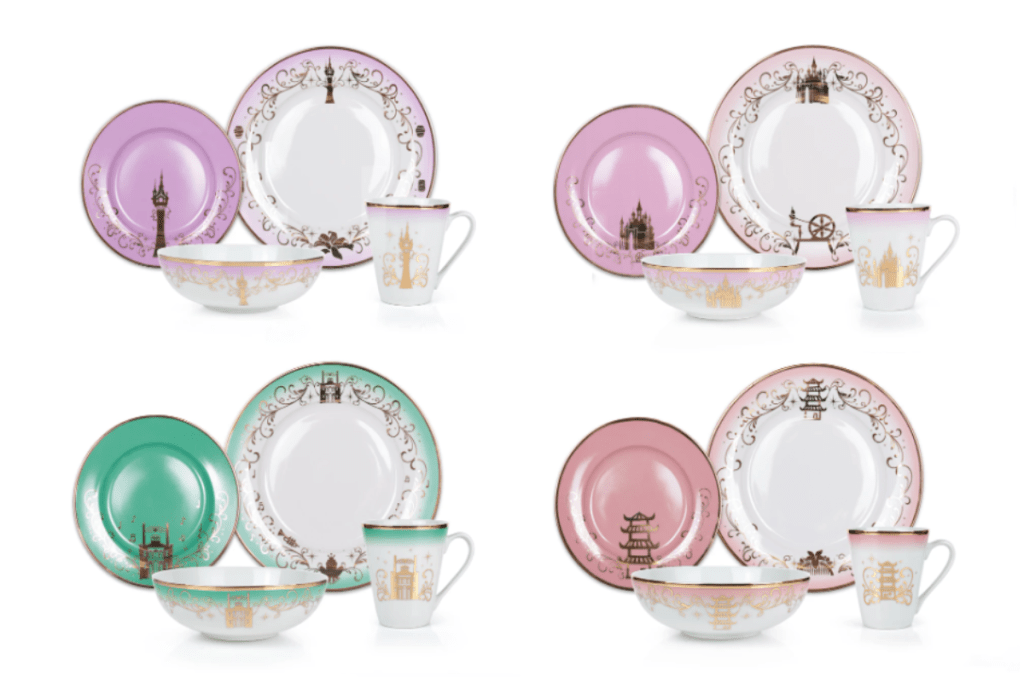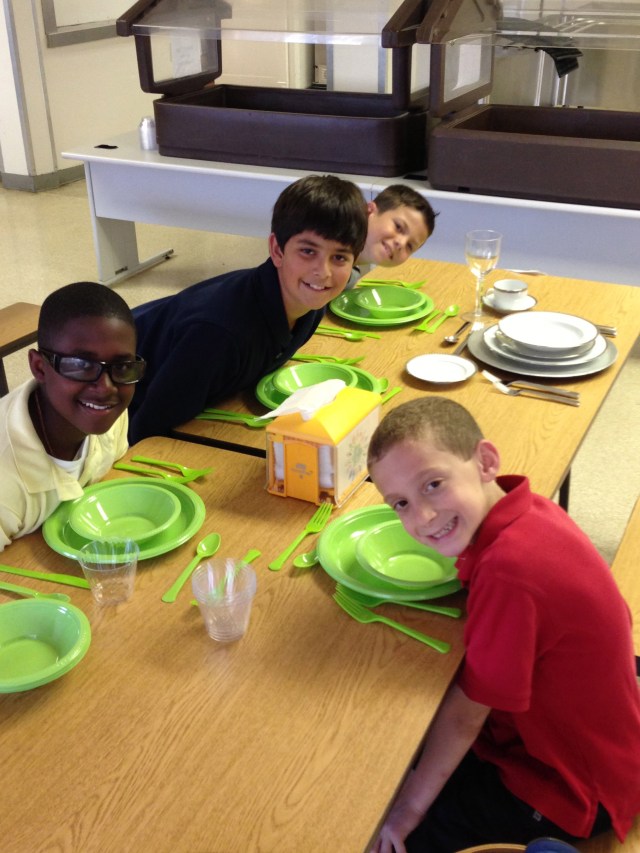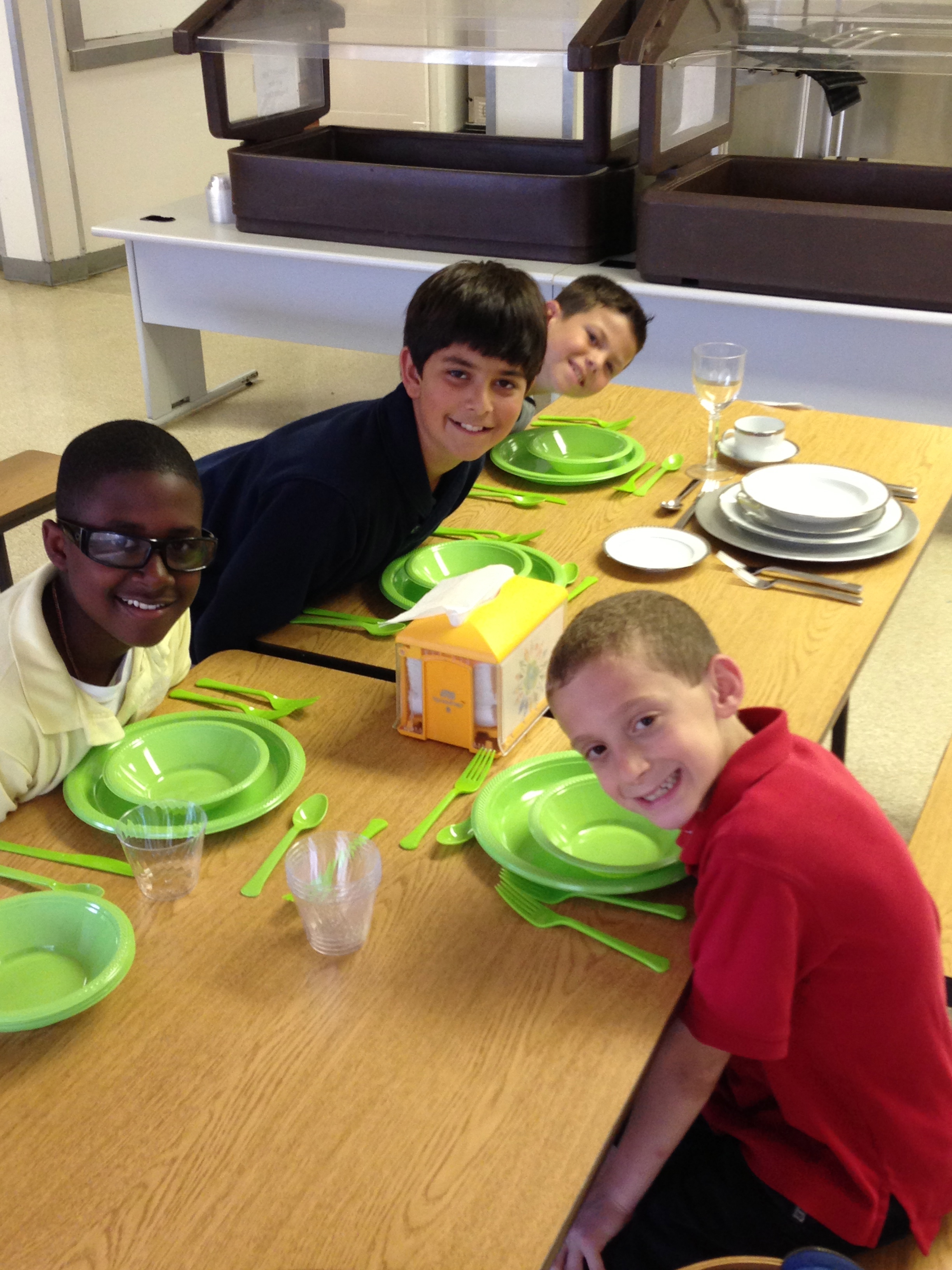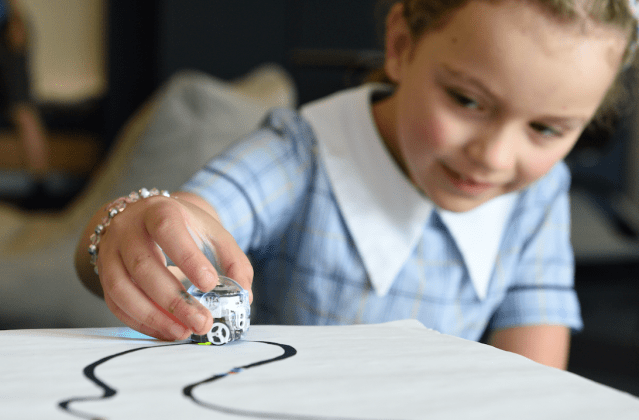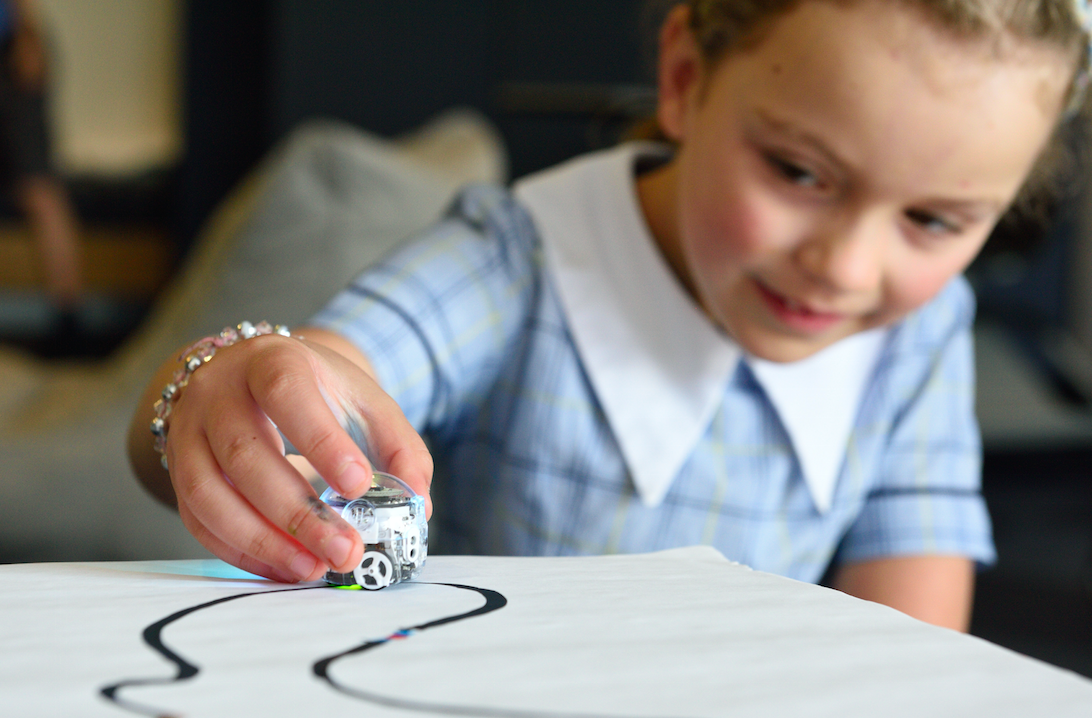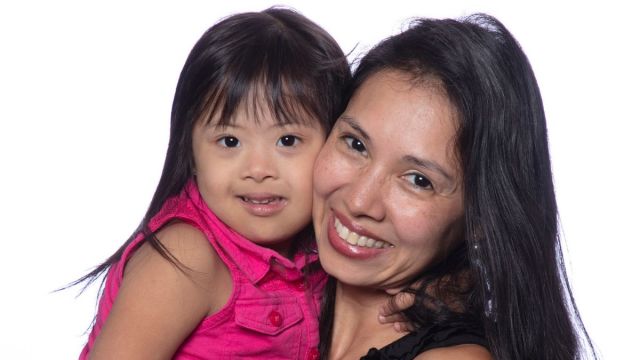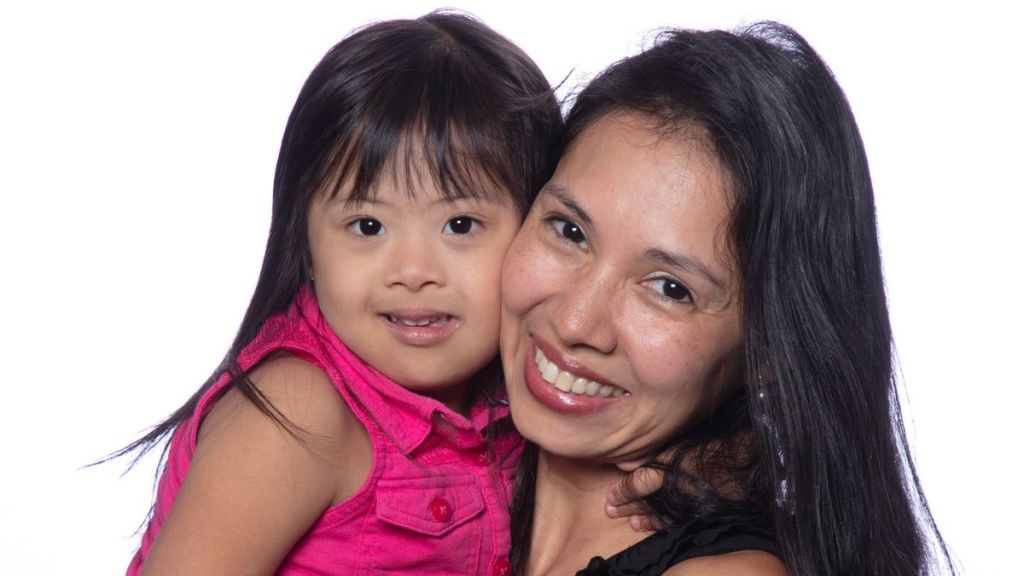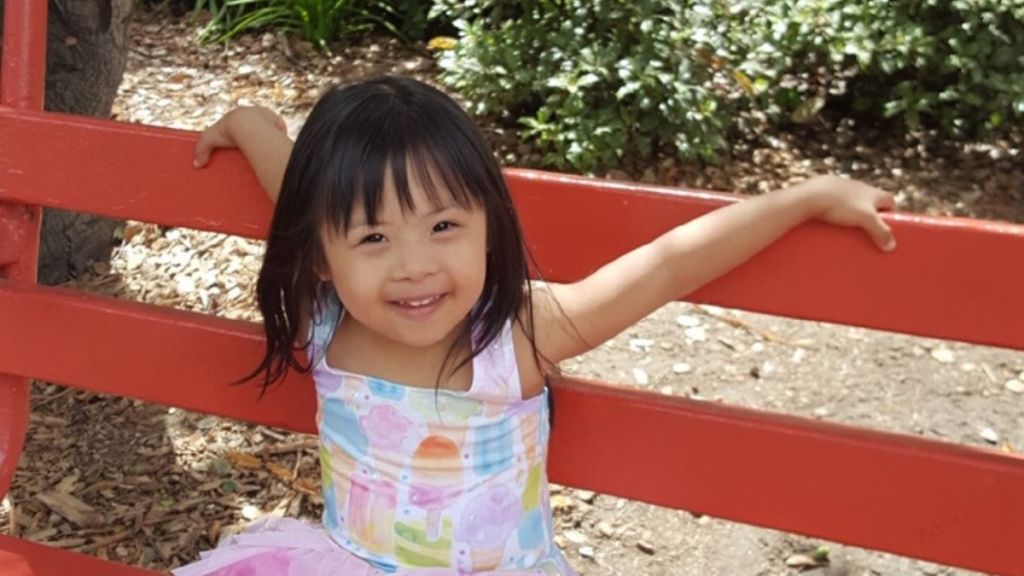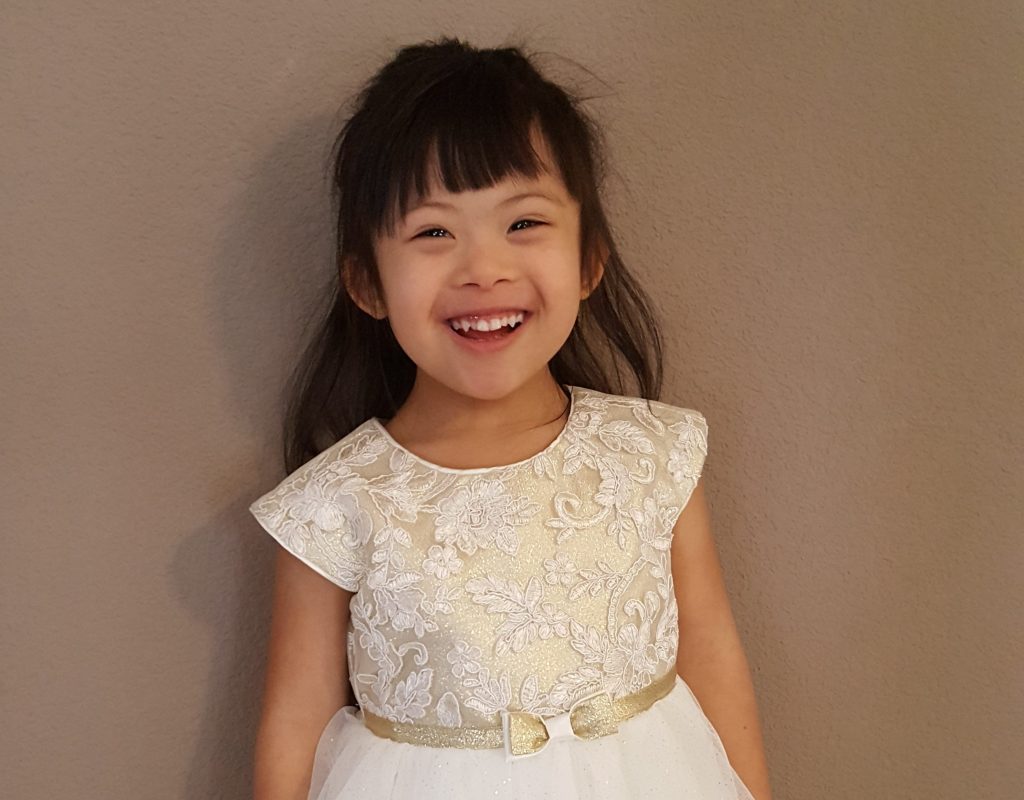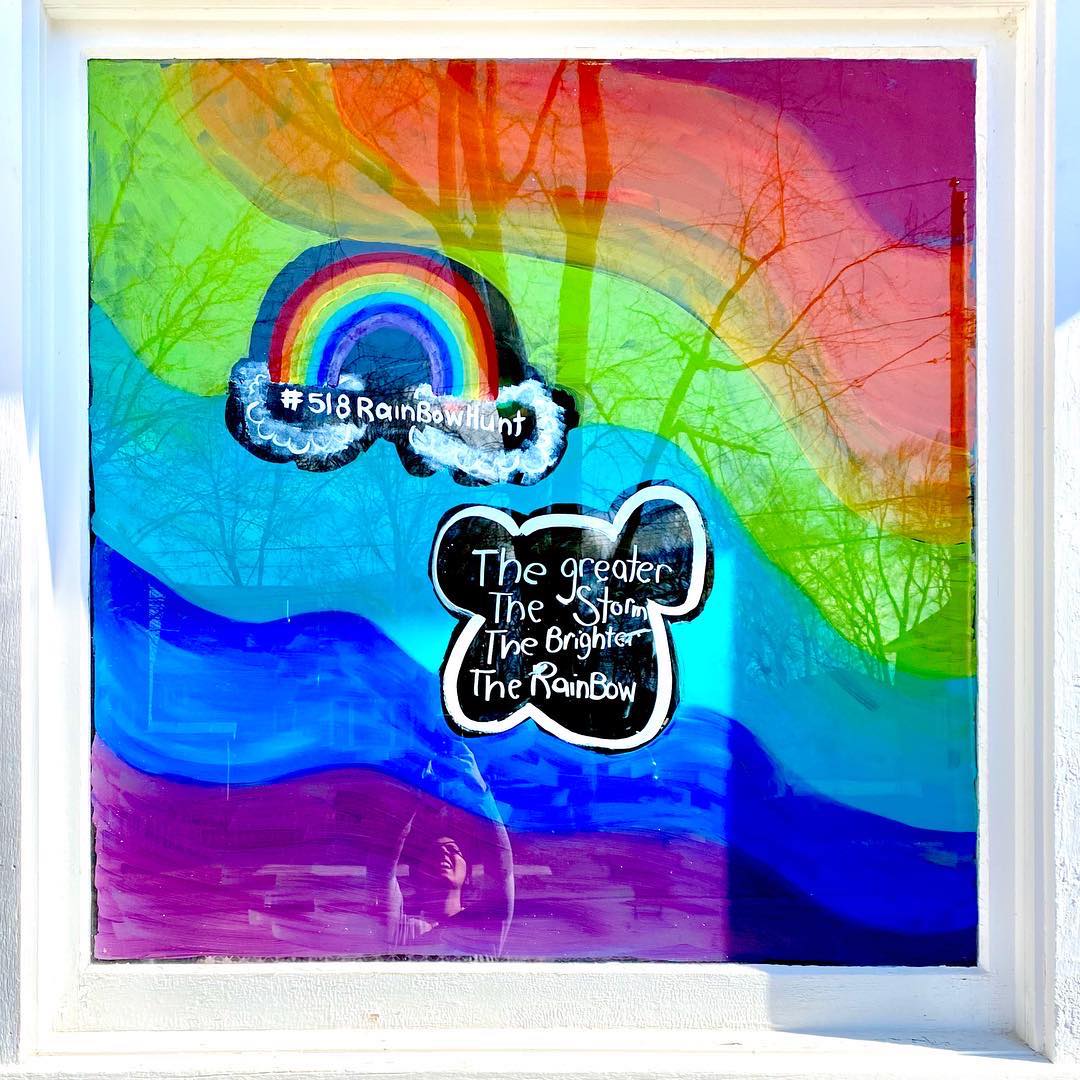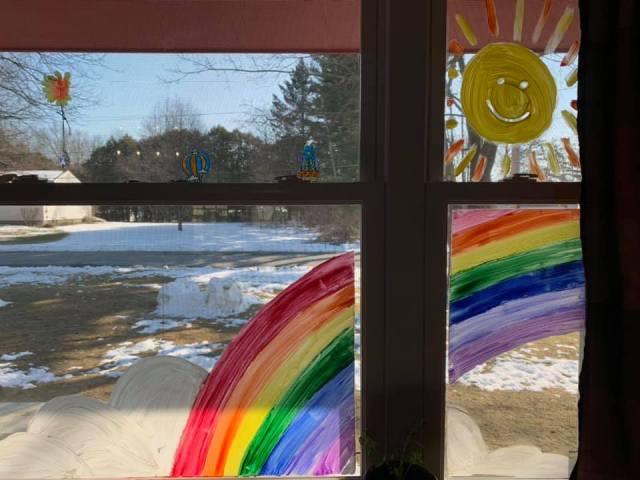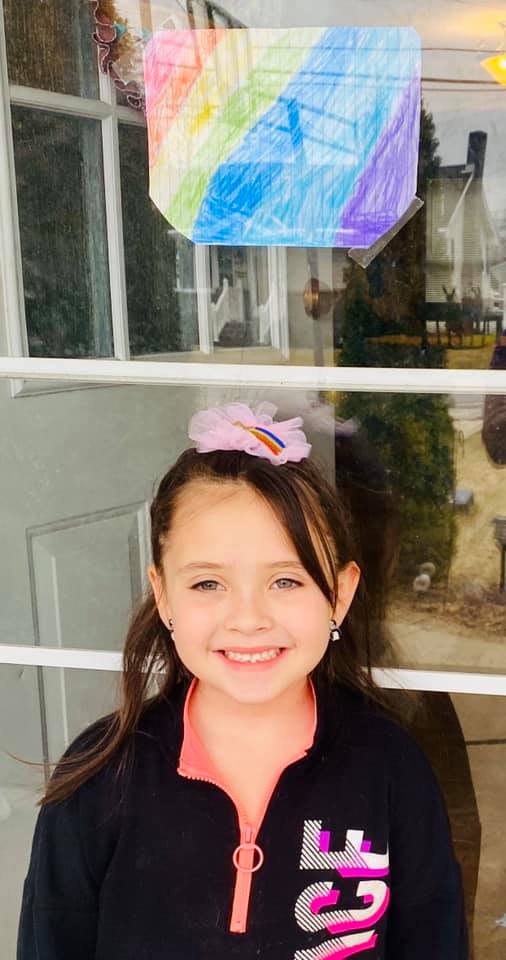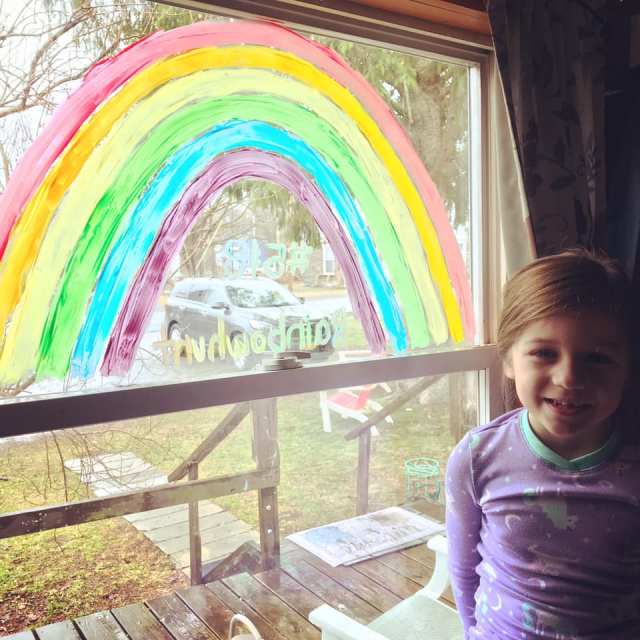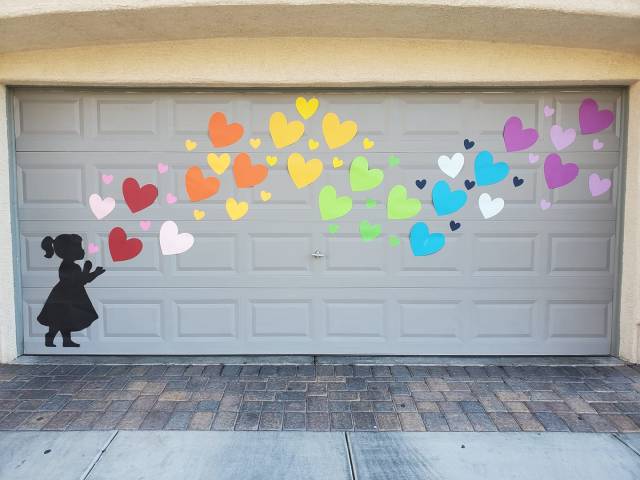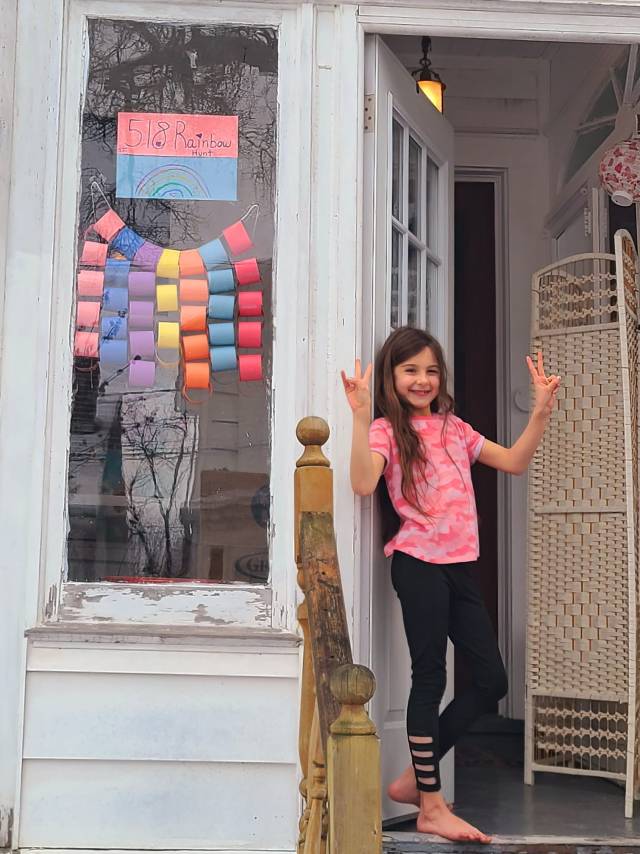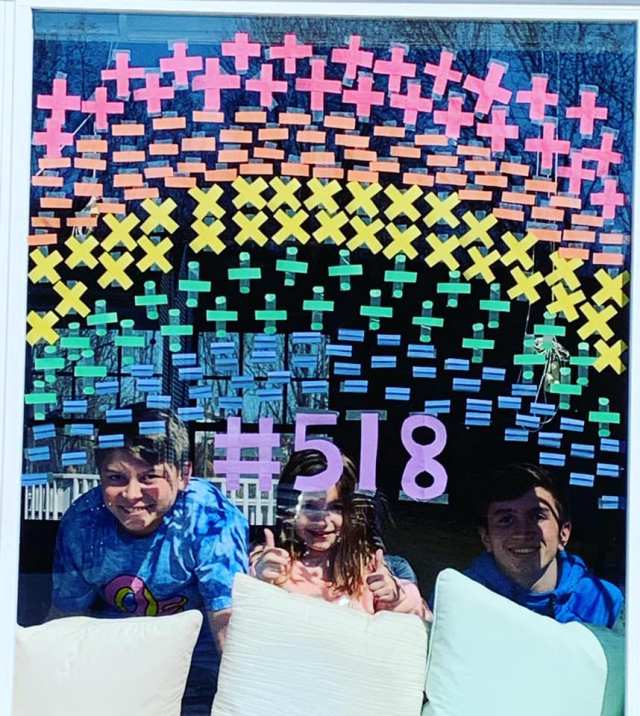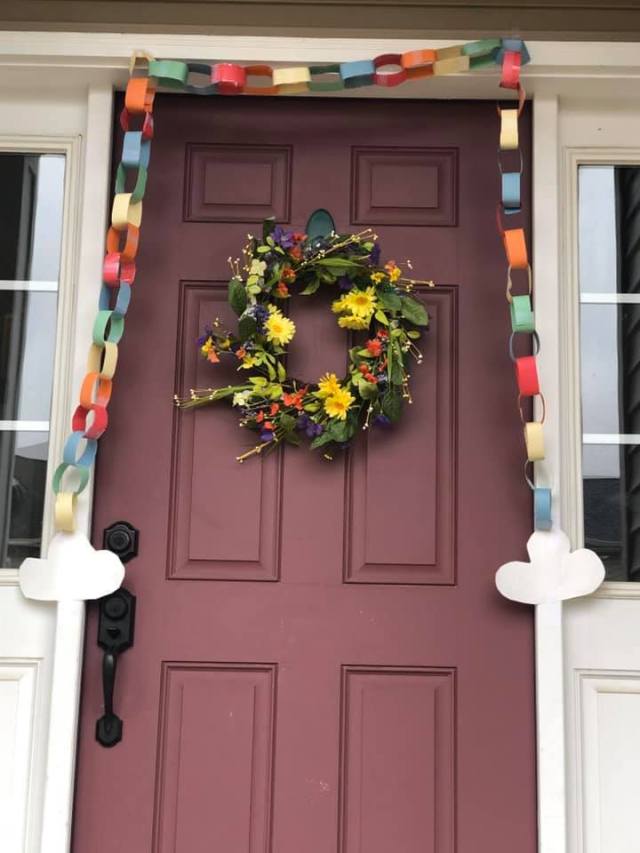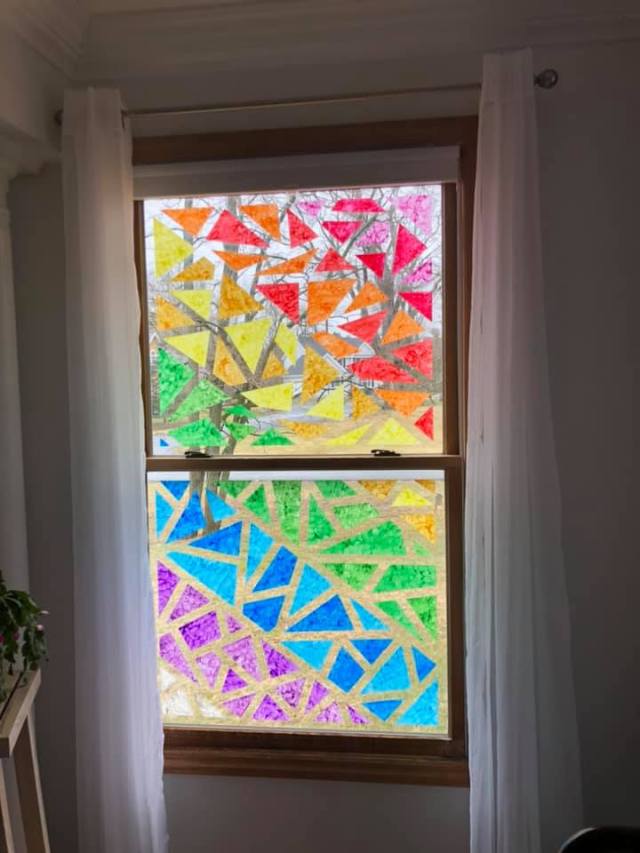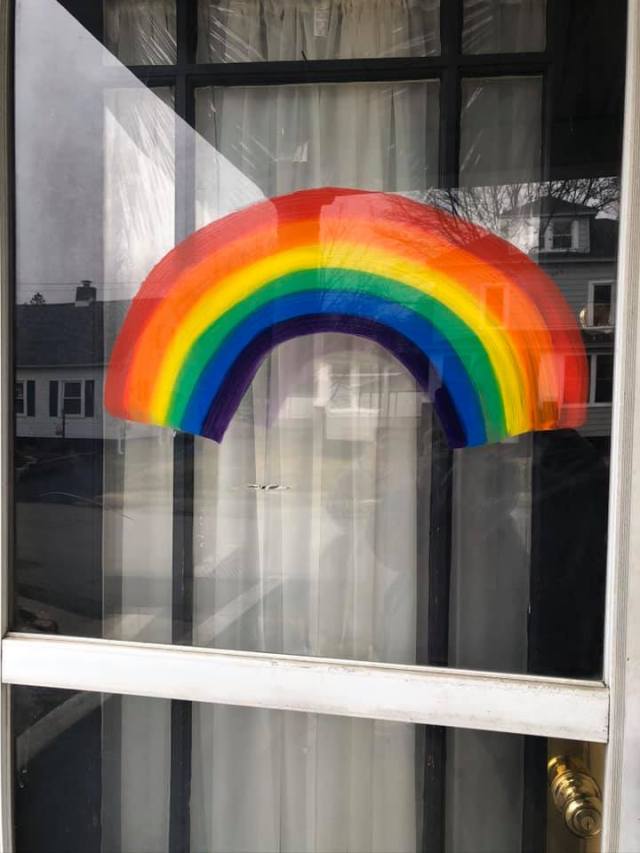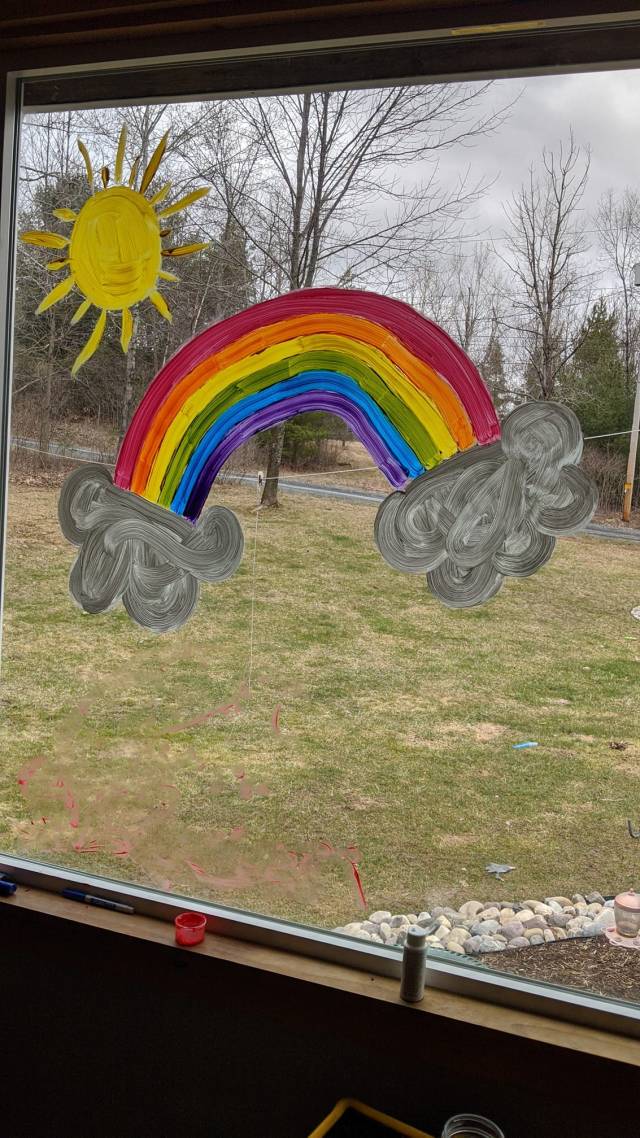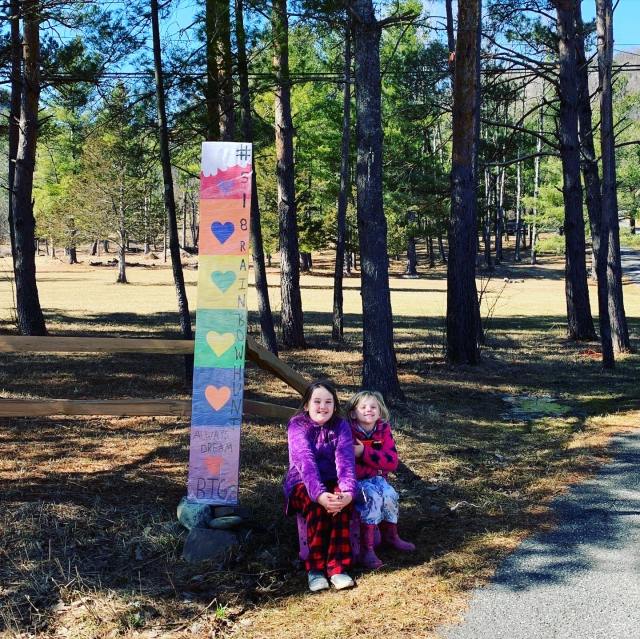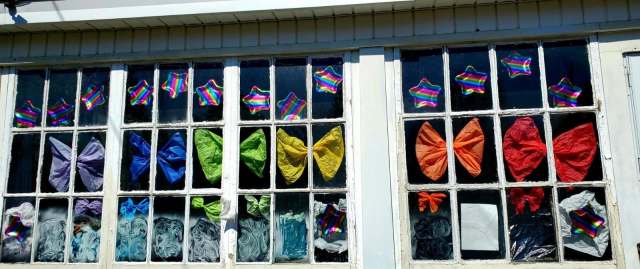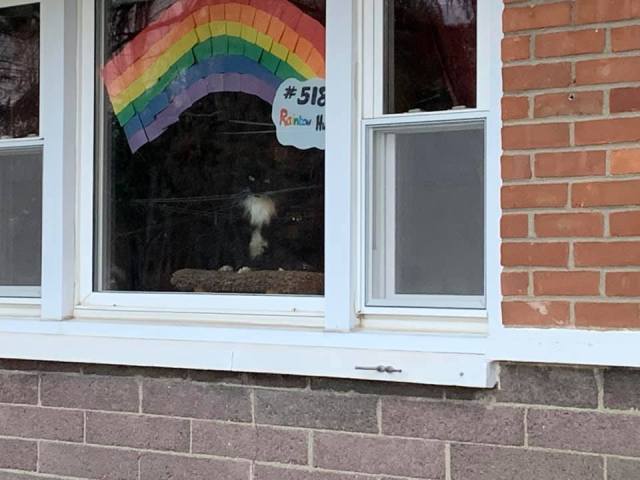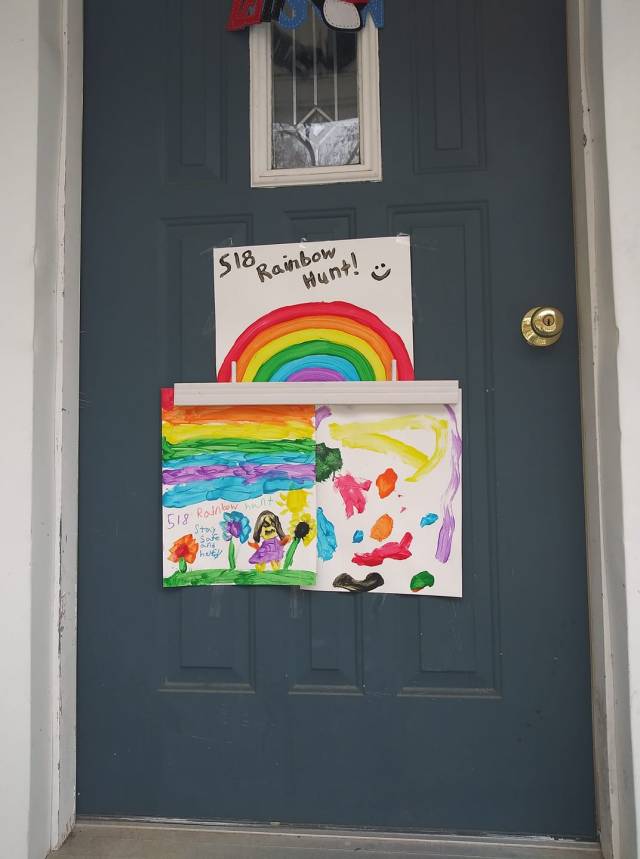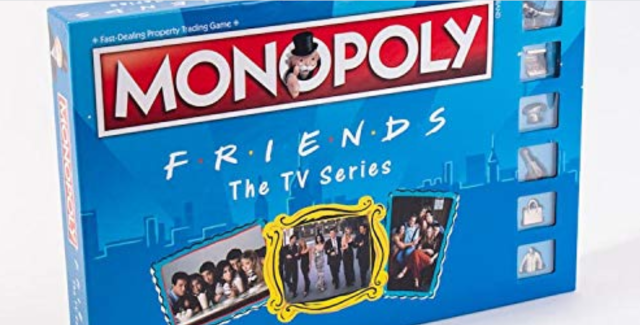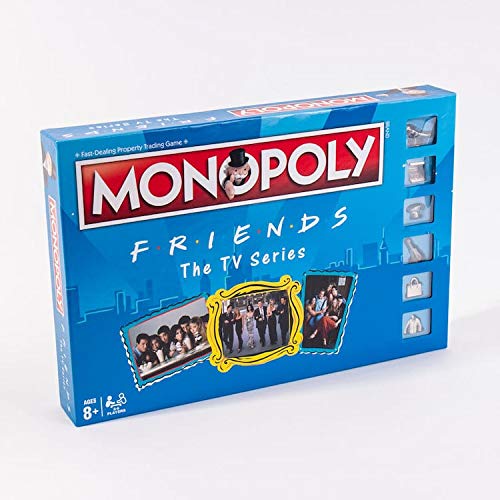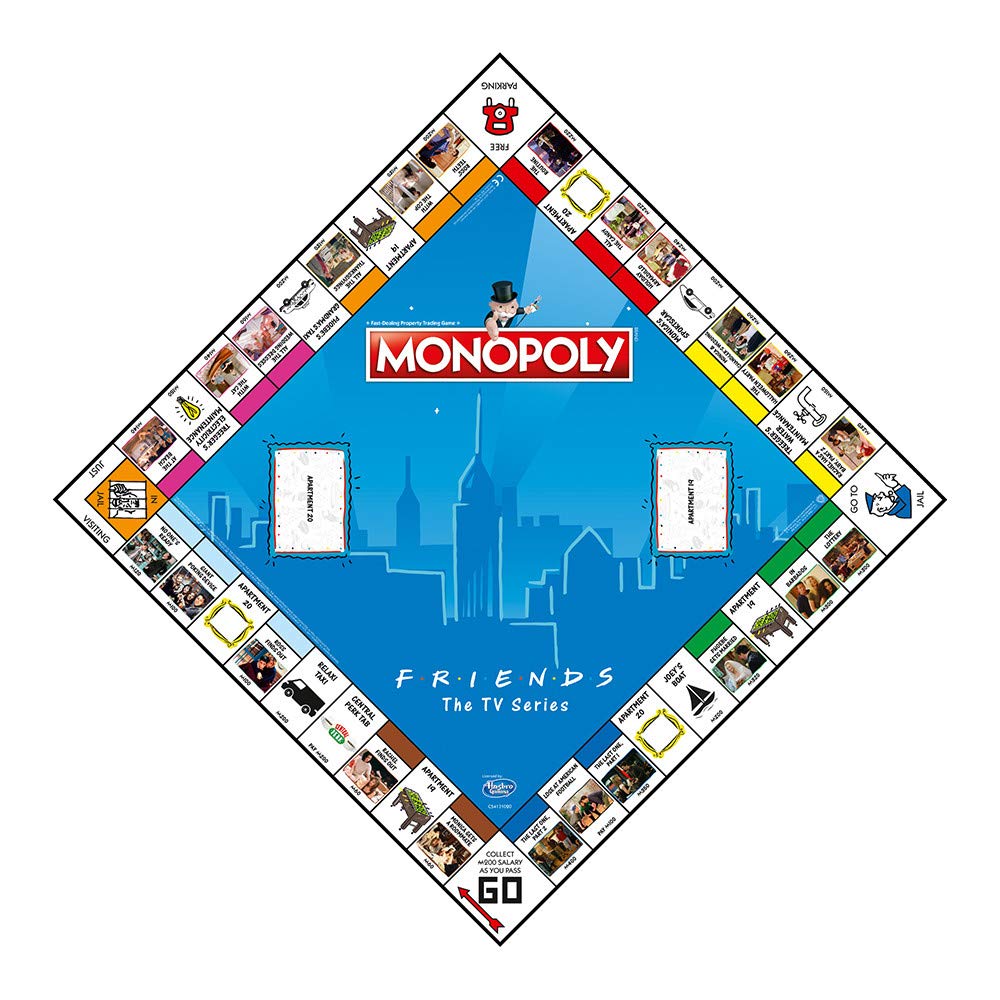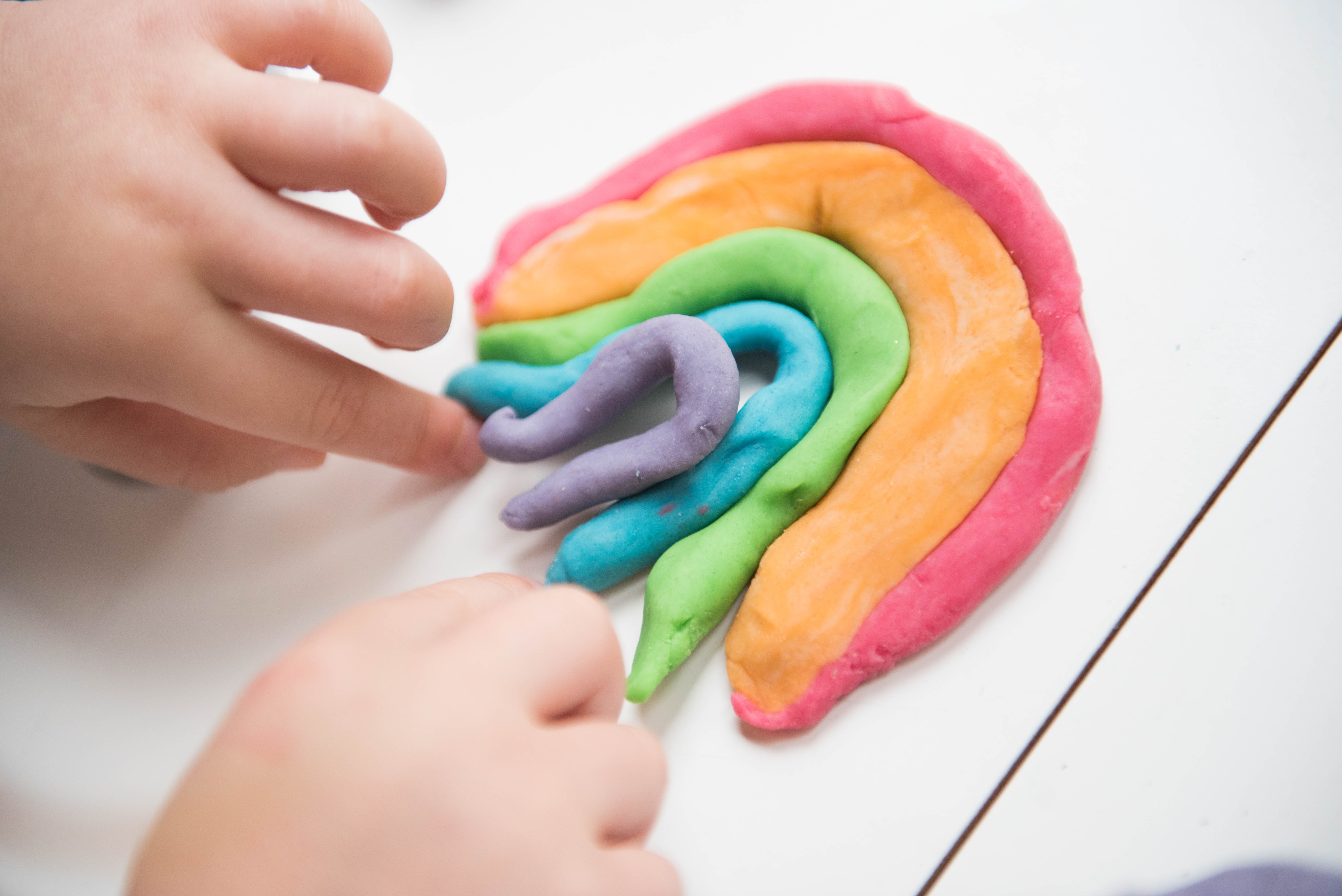
If you’ve ever wondered what exactly is a Montessori education and whether or not it might be a good fit for you and your child, Simone Davies, a certified Montessori educator and blogger of The Montessori Notebook and author of “The Montessori Toddler” (and mother of two!), helps parents understand and incorporate the Montessori method into their home and daily life.
What is Montessori education?
“Montessori education is an alternative education where the child learns on their own individual timeline. Looking around a Montessori classroom, there will be children working on different subjects, some working alone, some in pairs or small groups at tables or stretched out on mats on the floor.
The classrooms are mixed-age where older children can help younger children and younger children can learn from watching older children. There is a rich curriculum in all learning areas using tactile materials that are beautifully displayed on the shelf. And the teacher acts as a guide, giving children lessons individually or in small groups where they are up to.”
How is the Montessori method different from other parenting methods?
“I like to think of parenting methods along a spectrum from authoritarian methods of parenting (where the parent tells the child everything they need to do) to laissez-faire parenting (where the child is allowed to do anything they like).
A Montessori approach to parenting falls somewhere in the middle of this spectrum—there is freedom for the child to explore and make discoveries for themselves within limits so that they learn to also grow up as a member of society taking responsibility for their actions. It involves mutual respect between the child and parent as in positive discipline or gentle parenting but goes further to help parents see how their child learns, how they can set up their home for the child to be part of the family, and how the parent can also look after themselves so they can bring the joy back to parenting.”
What’s the first activity you recommend a parent do as an introduction to the Montessori method?
“There are many ways to start to include Montessori in the home. For me, I started with setting up Montessori activities for my children and noticed how engaged they were. Then I moved on to incorporating Montessori principles in every area of my home so that they could be involved in everything from hanging up their own coat when we arrived home to helping with meal preparation. The final piece that took a lot of practice for me was learning to slow down to their pace most of the time, seeing from their perspective and finding ways to work with them to get their cooperation, to learn to observe my children as their unique selves (not comparing them to others or my own childhood), and to parent in a kind and clear way.”
Most people find toddlerhood to be the most difficult age, they call it “the terrible twos” for a reason—but you say that toddlers are your favorite age group. Why?
“Yes, whilst many people see their behavior as frustrating, I love being with toddlers. They are so authentic—they have no judgment about anything around them. They learn so easily. Dr Montessori referred to the absorbent mind to describe how they absorb language, culture, attitudes, and everything around them with little effort like a sponge. Their moods change easily, so once they may have had a tantrum and calmed down, they easily go back to being their delightful selves (unlike adults who can stay in a bad mood all day). They are so capable and love to be involved in what we are doing—when their spaces are set up for them and we slow down, children as young as 1 year old take delight in helping to bring laundry to the hamper, being involved in meal preparation and setting the table, and learning to take care of their things. And they live in the present moment—they will spot the weeds growing up between some pavers or hear a fire engine blocks away. They show how simple life can be.”
You claim that toddlers are misunderstood. Why and what are some crucial things that we all need to learn about them?
“Adults get frustrated that the toddler won’t sit still, keep saying “no”, or won’t listen. What we need to learn is that toddlers need to move and want to explore the world around them. They are also learning to be independent of their parents, so learning to say “no” is a way of trying out more autonomy.
Toddlers also are still developing their impulse control (their pre-frontal cortex will still be developing until the into their early 20s), meaning that it is the adult’s job to keep everyone safe in a kind and clear way. We also think that toddlers are giving us a hard time. Really in these moments they are having a hard time and need us to be on their team to help them calm down and once they are calm to gently guide them to make amends if needed.”
Threatening and bribing are common approaches that parents of toddlers resort to. You say there is another way?
“In the Montessori approach, we see that threatening, bribing, and punishments are all extrinsic motivation—it is the adult that needs to do something to get the child to cooperate. A child may cooperate so they don’t get in trouble or so that they receive a reward. However, they are not learning to act for themselves and develop self-discipline. Instead of threats and bribes, another way to get cooperation is find ways to work with them in a respectful way. For example, when they need to get dressed, we can:
- Give them (limited) choices about what they’d like to wear so they feel involved.
- Have a checklist hanging up that we’ve made together of the things that need to be done to leave the house.
- Set up our home so they can find everything they need at the ready.
- Learn to talk in a way that helps us be heard (for example, instead of nagging, using fewer words or using actions instead of words)
- Allow time for them to try to dress themselves
- Break things down into small parts to teach them skills for them to be successful in this. Over time they are then capable of getting dressed all by themselves, without having used or needing to use threats or bribes.”
In The Montessori Toddler, you discuss setting up a “yes” space for children to explore. What is that and what are the benefits?
“When children hear ‘no’, ‘don’t touch that’, ‘be careful’ all the time, they start to ignore us. So instead of having to say no all the time, we can look at our home and make it a space that is safe and engaging for them to explore without us having to constantly correct them—a ‘yes’ space. Even if we cannot make the whole house a ‘yes’ space, I encourage families to set up a large area where both the adults and child know it is safe to play and explore. I like to sit on the ground to see what the space looks like from their height—then you can see if there are any tempting cords, power outlets or things that you simply don’t want them to touch (like television controls or buttons) and remove them or make them inaccessible. Both the adult and the child then can relax and enjoy their ‘yes’ space.”
What positive attributes have you observed in children that you would credit to the Montessori method?
“Montessori children learn that if they don’t know something, they can find it out. For example, they can look it up in a book, ask an older child in the class, their teacher or parent, visit someone in their community that may know more about the topic, or do an experiment. So Montessori children are very resourceful and love to find ways to solve problems. Famously, the Google founders went to a Montessori school and credit part of their success to this ability to think for themselves.
Montessori children love learning. Rather than following the timeline of the teacher, each child learns at their unique pace, following their unique interests and abilities. A teacher or older child in the class can support them in areas they find difficult, and they become remarkably self- motivated learners. The love of learning is not stomped out of them by passively learning or rote learning facts. They make discoveries using concrete materials with their hands. A valuable way to learn.
Montessori children learn to care for themselves, others, and their environment. Whilst there is a strong academic curriculum for learning maths, language, humanities, etc, there are also many soft skills that Montessori children learn. To wait their turn, to look after their environment (for example, watering plants or cleaning up a spill), to learn to blow their nose, or care for a friend who has been hurt. It is heart-warming to see the children help each other, for example, children helping a friend who has spilled their activity on the floor, or coming over with a tissue to a child who is sad.”
Your book focuses on toddlers, but can the Montessori principles be applied to older children. If so, what age range would you recommend and why?
“The Montessori principles can be applied to any age child, teenager, and even with other adults. It’s a respectful way to be with others. I suggest starting as early as possible so that you can practice the ideas as your children grow. The solid foundation built in the first years built gives a solid base as the children get older. So it’s never too young or too old to start.”
The Montessori Toddler primarily addresses parents of toddlers, but can grandparents and caregivers apply the Montessori techniques mentioned in the book?
“Absolutely. There is a chapter of the book about working with our extended family (grandparents and caregivers) and how they can also include these principles with our children. For example, when they spend .me with our children to share their special skills and interests and finding a positive way for parents to work together with this extended family.”
SIMONE DAVIES is an Association Montessori Internationale Montessori teacher. Born in Australia, she lives in Amsterdam where she runs parent-child Montessori classes at Jacaranda Tree Montessori. Author of the popular blog and Instagram, The Montessori Notebook, where she gives tips, answers questions, and provides online workshops for parents around the world.
